|
 |
Lately, I've been hooked on functions and image_maps and have slapped
together a few macros to composite images using POV-Ray. Starting with a
gamma-correction macro, I've written macros to use masks for transparency,
remap textures in 2D space, blur them...
Now, the loading images, running them through functions various times and
rendering the final function isn't as fast as I had hoped (but wasn't
completely unexpected, not the first time I played with functions and
image_maps), but nontheless, it may be useful in certain spots, and here I
want to present the first:
Lighting and colors. I've often tweaked images because the colors weren't as
I had hoped, the lighting didn't come out as I liked etc. Near the final
version, it's mostly tweaking the color of the light.
As I've begun work on my next short, I've found that parsing times will
sky-rocket because of the amount of meshes I will need to use. To check
small color changes, I'd have to wait minutes just for the meshes to load.
What to do?
Render the individual lightsources as white lights. Composite them and play
with the colors as long as you want, with a lot less parsing/loading time.
The jpegs I've attached show what I've used: 3 white lightsources, rendered
seperately in three images, and a mask (so that I can put some background
behind the windows).
I color-correct the lightsources, add the functions and render that to
screen: "compositor_test_2.jpg" is born. Using the same color-values in the
actual scene produces "render_v2.jpg".
There are some differences at the edges (not noticeable unless you let a
paint programm show the difference), as antialiasing-thresholds are
different for the single lightsources (dark shadows need lesser antialiasing
than high-contrast-regions, and different lightsources produce those at
different spots). And even though this image doesn't really require this
approach (the render is quicker than the compositing test), scenes with long
parsing times will gain from it.
Those of you who have some insight into compositing can probably come up
with other effects I haven't touched at yet. For example, I could mask a set
of glass-objects, render the scene without them and blur that image, and
later composite the slightly remapped blurred image back "into" the glass
objects: milky/hazy glass! Another thing I've found somewhere else is using
two layers (for objects in the front and in the back): You can blur the back
and it appears like you have focal-depth. Blur the front whilst unblurring
the back: focal-depth is changed! Blurring is pretty slow in POV-Ray
though... Anyways, there are some neat tricks hidden inside the art of
compositing (which I'm no master of, BTW), and some of them (e.g.
focal-depth) are quite tracing intensive if done "properly" in POV-Ray. The
workload of preparing a scene for compositing is quite extensive though, so
I guess I'll only use it for "special effect" shots in my own short.
Anyways, just wanted to let you guys know what I've been up to lately.
Comments welcome,
Tim
--
aka "Tim Nikias v2.0"
Homepage: <http://www.nolights.de>
Post a reply to this message
Attachments:
Download 'compositor_test_2.jpg' (25 KB)
Download 'render_v2.jpg' (24 KB)
Download 'ct_maskall.jpg' (6 KB)
Download 'ct_light2.jpg' (16 KB)
Download 'ct_light1.jpg' (12 KB)
Download 'ct_sunlight.jpg' (7 KB)
Preview of image 'compositor_test_2.jpg'
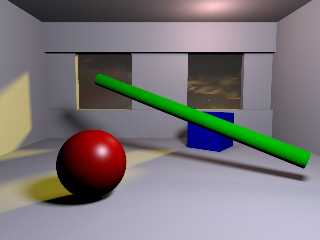
Preview of image 'render_v2.jpg'
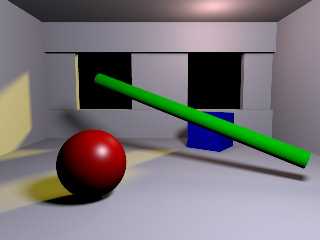
Preview of image 'ct_maskall.jpg'
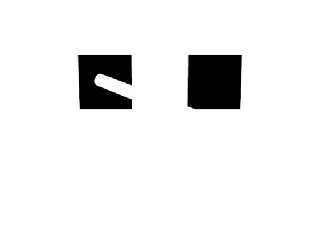
Preview of image 'ct_light2.jpg'
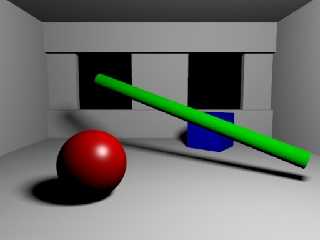
Preview of image 'ct_light1.jpg'
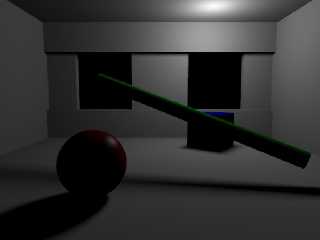
Preview of image 'ct_sunlight.jpg'
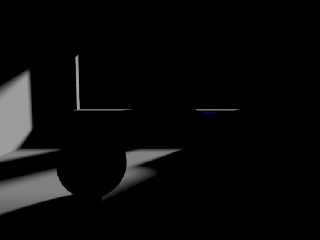
|
 |




![]()